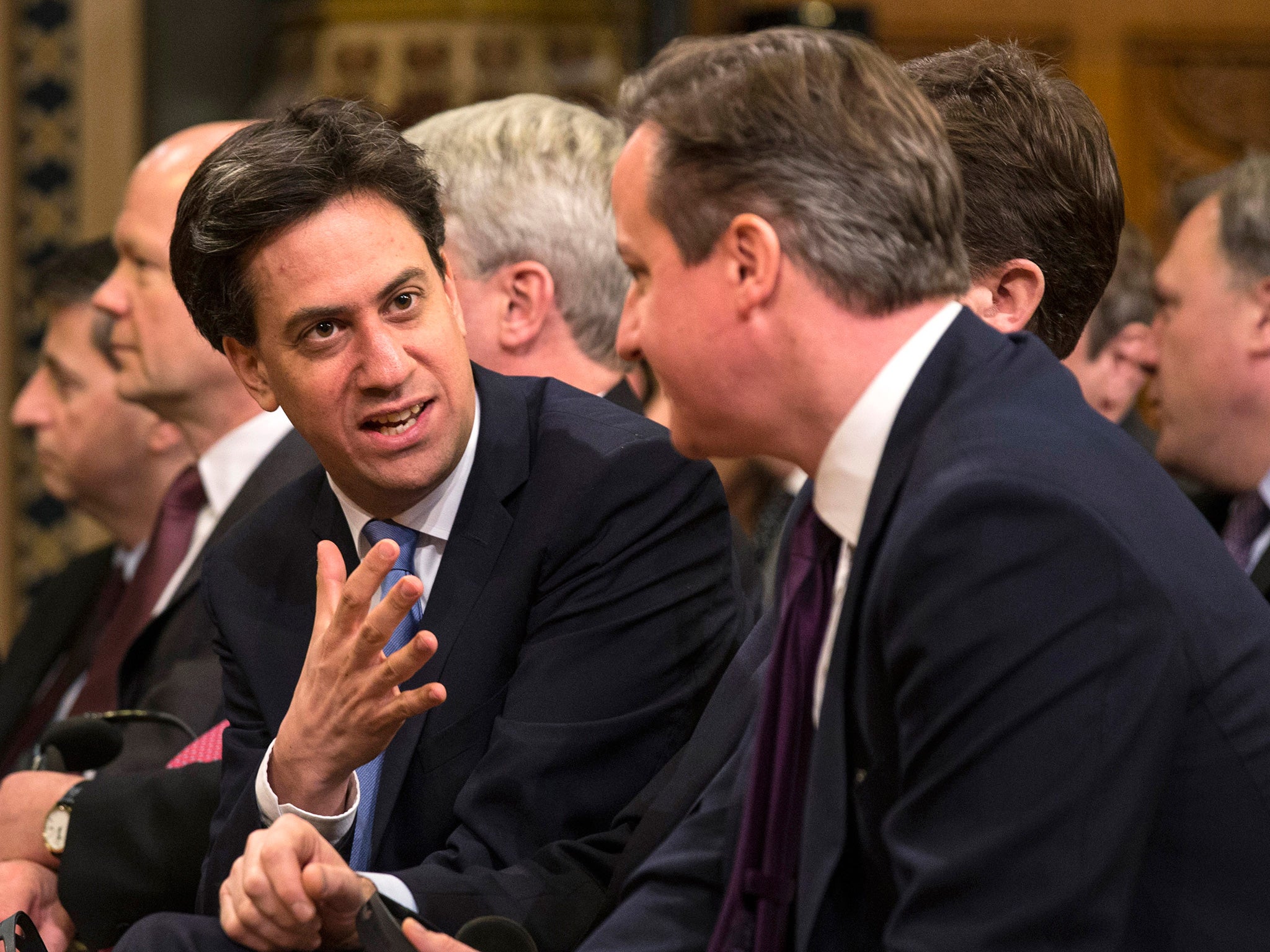General Election 2015: What a future coalition could look like
Nigel Morris explores what kind of a coalition we could expect if no party gains an overall majority

Your support helps us to tell the story
From reproductive rights to climate change to Big Tech, The Independent is on the ground when the story is developing. Whether it's investigating the financials of Elon Musk's pro-Trump PAC or producing our latest documentary, 'The A Word', which shines a light on the American women fighting for reproductive rights, we know how important it is to parse out the facts from the messaging.
At such a critical moment in US history, we need reporters on the ground. Your donation allows us to keep sending journalists to speak to both sides of the story.
The Independent is trusted by Americans across the entire political spectrum. And unlike many other quality news outlets, we choose not to lock Americans out of our reporting and analysis with paywalls. We believe quality journalism should be available to everyone, paid for by those who can afford it.
Your support makes all the difference.Scenario one: An SNP-Labour Coalition
After Ed Miliband falls more than 30 seats short of an overall majority, the only way he can guarantee inheriting the keys to Downing Street is through a deal with the SNP.
The phalanx of Nationalist MPs abandon their party’s usual practice of abstaining on English-only laws to ensure the minority Labour administration gets its budget and legislation through the Commons.

In return, Nicola Sturgeon demands fresh and substantial devolution of powers to Holyrood. Her vehement opposition to the renewal of the Trident nuclear fleet on the Clyde provokes particular ill-will.
Meanwhile Tory MPs under their new leader, Boris Johnson, are in revolt over Labour pushing through policies in England for which it has no mandate.
They are emboldened by opinion polls underlining public anger south of the border over the arrangement, with Ukip, despite its disappointing election result, stirring the pot.
The evident resurgence of English nationalism, inflamed by aggressive coverage of the situation by many national newspapers, is pushing the two nations further apart.
North of the border, increasing numbers of Scots say the time is right to break away from the UK, arguing that it is only one small step to independence.
Scenario two: A Labour-Conservative 'National Unity Government
Once the shock-waves subside from the SNP’s stunning electoral performance, senior Conservative and Labour figures start thinking the unthinkable: a Westminster deal to keep the Nationalists from power.
It is an almighty upheaval for parties who have spent the past century in mortal combat, and the Labour Left and the Tory Right are livid. Conservative Eurosceptics are incensed they will not get their promised vote on leaving the European Union.

Some irreconcilables on both sides quit their party whip in protest, but the grand coalition still occupies more than 80 per cent of the Commons’ seats.
Work presses ahead on an overhaul of the UK’s constitutional arrangements, although it becomes bogged down in arcane detail, but the coalition partners struggle to find common ground, most notably over moves to tackle the deficit. The Chancellor Ed Balls is said to be barely on speaking terms with his Tory deputy Sajid Javid.
In Scotland, rebellion is growing as the SNP stoke up resentment over an English stitch-up to keep Scots from power. Support for separation is surging and demands for a new independence referendum mount.
The grand coalition collapses in bitterness and acrimony, with a new election held in 2017.
Join our commenting forum
Join thought-provoking conversations, follow other Independent readers and see their replies
Comments